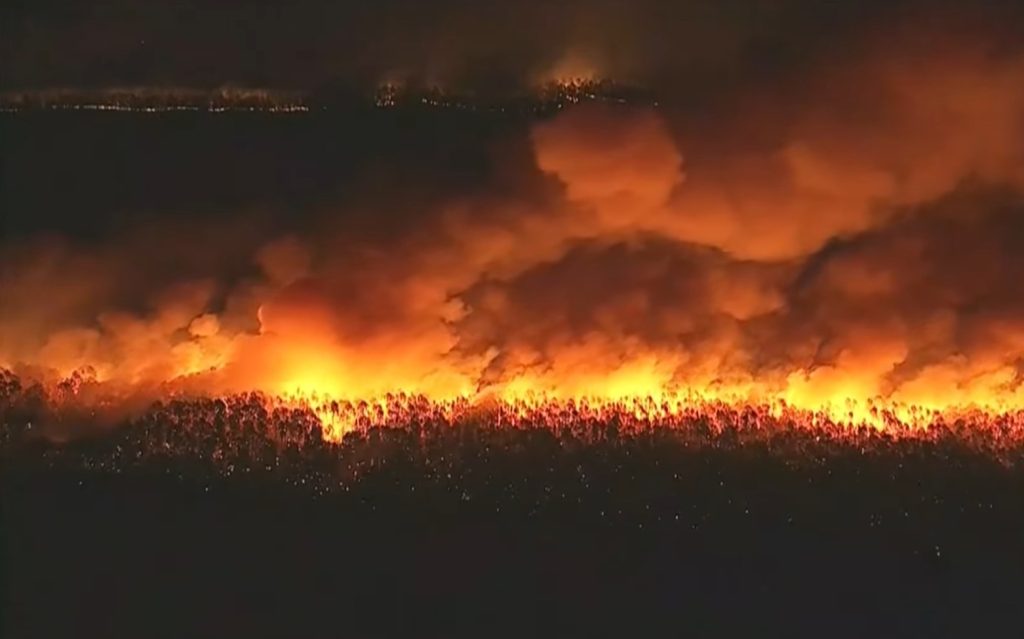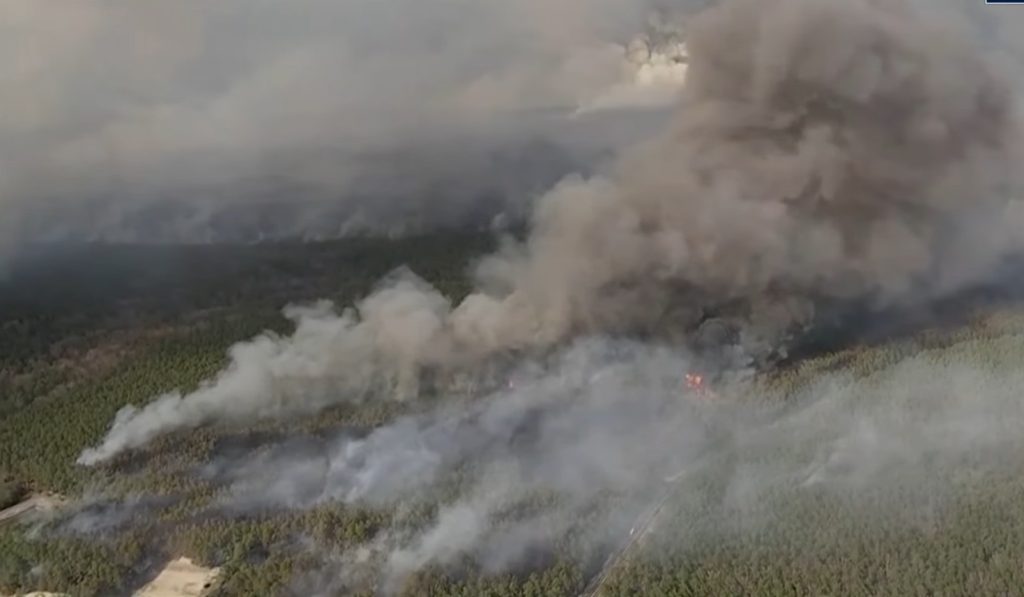Massive NJ Wildfire in 2025: Evacuations, Closures, and Outages – What You Need to Know
In April 2025, New Jersey faced one of its most devastating wildfires in recent history. Spanning over 8,500 acres in Ocean County, the wildfire prompted urgent evacuations, widespread road closures, and power outages affecting thousands of residents and local communities. This devastating event highlights the growing threat of wildfires in densely populated and drought-stricken regions. In this article, we will explore what happened, when it happened, and how residents and authorities responded to this emergency.

Timeline of Events: When Did the NJ Wildfire Occur?
The wildfire was first reported on the morning of April 22, 2025, shortly after 10 a.m. local time. As the day progressed, the fire expanded rapidly due to gusty winds and dry conditions, fueled by ongoing drought across the state. By the late afternoon and evening, the fire had grown to over 8,500 acres, prompting immediate evacuations and road closures.
The wildfire continued to burn into the night, with firefighting efforts focused on containment and protecting nearby communities. Power outages and road closures persisted for several days as authorities worked to suppress the fire and assess damage.
Key Dates:
- April 22, 2025: Fire first reported, initial containment efforts begin.
- April 23, 2025: Fire spreads to over 8,500 acres; evacuations and road closures escalated.
- April 24, 2025: Ongoing firefighting and recovery efforts.
Causes and Contributing Factors

The wildfire’s escalation was influenced by a combination of environmental and climatic factors:
- Drought Conditions: Approximately 80% of New Jersey was experiencing drought, creating highly flammable conditions.
- Windy Weather: Gusts helped spread the fire quickly across forested areas.
- Potential Human Activity: While the exact cause is under investigation, many wildfires are linked to human negligence or accidental sparking.
Impact on Local Communities
The wildfire’s destructive power led to:
- Evacuations: Over 3,000 residents across Ocean County, including Waretown, Barnegat, and surrounding areas, were forced to evacuate their homes.
- Road Closures: Major highways, including parts of the Garden State Parkway, were shut for safety reasons, creating traffic bottlenecks and complicating evacuation efforts.
- Power Outages: About 25,000 homes and businesses experienced power outages, with utility companies working tirelessly to restore energy.
- Environmental Damage: Large areas of forest, wildlife habitats, and private properties were affected, with ongoing environmental recovery efforts.
Community Response and Evacuations
Authorities issued mandatory evacuation orders in multiple areas, including Greenwood Forest Wildlife Management Area, Pheasant Run community, and parts of Barnegat Pines. Emergency services mobilized quickly to assist stranded residents, establish shelters, and coordinate firefighting efforts.
Response and Containment Efforts
Firefighters from across the region battled tirelessly to control the blaze. They used aerial firefighting techniques, controlled burns, and trenching to contain the fire’s spread. The New Jersey Forest Fire Service and local agencies collaborated, highlighting the importance of preparedness and community cooperation during such emergencies.
Challenges Faced
- Difficult terrain and dry conditions hampered firefighting.
- The ongoing drought increased fire severity.
- Power lines and infrastructure were threatened by the fire, complicating response efforts.
Progress and Outlook
While significant progress was made, the fire was only 80% contained as of April 23, 2025. The priority was to protect life and property, with firefighting agencies expecting continued efforts over the coming days.
What’s Next? Recovery and Preventive Measures
Recovery from such a wildfire will take time and resources:
- Environmental restoration projects will focus on reforestation.
- Utility companies will restore power, with some areas remaining offline for safety.
- Authorities are reviewing response strategies to improve wildfire prevention and preparedness.
Tips for Residents
- Stay informed through official channels.
- Follow evacuation orders promptly.
- Prepare emergency kits and plans in advance.
- Participate in community wildfire prevention programs.
Conclusion
The 2025 NJ wildfire serves as a stark reminder of the growing risks posed by climate change and environmental factors. It underscores the importance of community preparedness, swift emergency response, and ongoing efforts to mitigate wildfire hazards. By staying informed and vigilant, residents can better protect themselves and their communities from similar disasters in the future.
From: sweetashoneytees
